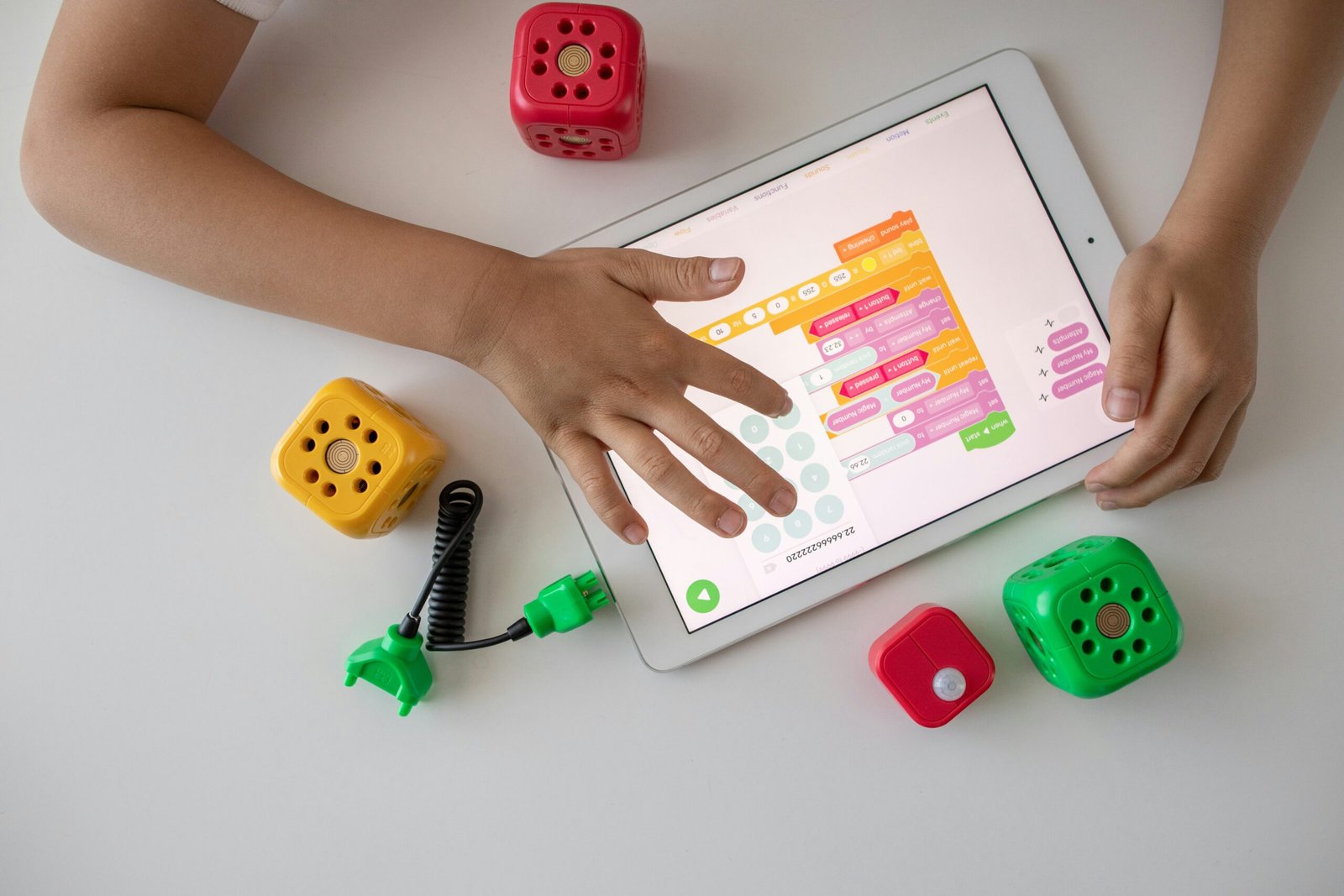The Future of Education Technology: Top Trends Shaping 2024
Education is constantly evolving, and technology plays a crucial role in shaping the way we learn and teach. As we look ahead to the year 2024, Future of Education Technology several key trends are expected to revolutionize the education landscape. From personalized learning experiences to the rise of artificial intelligence, here are the top education technology trends that will shape the future.
1. Personalized Learning Experiences
Gone are the days of one-size-fits-all education. In 2024, personalized learning experiences will take center stage. With advancements in technology, educators can tailor instruction to meet the unique needs and interests of each student. Adaptive learning platforms will use data analytics and artificial intelligence to create personalized learning paths, Future of Education Technology ensuring that students receive the support and resources they need to succeed.
By leveraging technology, Future of Education Technology teachers can track students’ progress in real-time, identify areas where they need additional support, and provide targeted interventions. This personalized approach to learning will not only enhance student engagement but also improve academic outcomes.
2. Artificial Intelligence in Education
Artificial intelligence (AI) is set to transform the education landscape in the coming years. AI-powered tools and platforms will enable educators to automate administrative tasks, Future of Education Technology such as grading and data analysis, freeing up valuable time to focus on instruction and student support.
AI chatbots will also play a significant role in providing personalized support to students. These virtual assistants can answer questions, provide feedback, Future of Education Technology and offer guidance, allowing students to receive immediate assistance, even outside of regular school hours.
Furthermore, AI algorithms can analyze vast amounts of data to identify patterns and trends, helping educators gain insights into student learning behaviors and tailor instruction accordingly. With AI, education will become more efficient, effective, Future of Education Technology and accessible for all.
3. Virtual and Augmented Reality
Virtual and augmented reality (VR/AR) technologies have the potential to revolutionize the way we learn and experience education. By creating immersive and interactive environments, VR/AR can transport students to different times, Future of Education Technology places, and scenarios, making learning more engaging and memorable.
Imagine students exploring ancient civilizations, conducting virtual science experiments, or collaborating with peers from around the world, all within the virtual realm. VR/AR can provide hands-on experiences that would otherwise be impossible or impractical to achieve in a traditional classroom setting.
Additionally, VR/AR can support students with special needs, allowing them to experience learning in a way that suits their individual abilities. As these technologies become more accessible and affordable, we can expect to see them integrated into mainstream education, Future of Education Technology transforming the learning experience for students of all ages.
4. Gamification of Education
Learning through play has long been recognized as an effective educational strategy, and gamification takes this concept to the next level. Gamification involves incorporating game elements, such as challenges, rewards, and leaderboards, Future of Education Technology into educational activities to motivate and engage students.
In 2024, we can expect to see gamification integrated into various aspects of education, from classroom instruction to online learning platforms. Gamified learning experiences not only make education more enjoyable but also foster collaboration, Future of Education Technology critical thinking, and problem-solving skills.
Whether it’s through educational games, simulations, or gamified assessments, students will be able to learn and demonstrate their knowledge in a fun and interactive way. This trend will not only increase student motivation but also promote a lifelong love for learning.
5. Blockchain in Education
Blockchain technology, known for its role in cryptocurrencies, is also making its way into the field of education. Blockchain has the potential to revolutionize how academic credentials are verified, stored, and shared.
By using blockchain, educational institutions can create tamper-proof digital records of students’ achievements, such as degrees, certifications, and transcripts. These records can be securely stored and easily accessed by students, employers, and other institutions, eliminating the need for paper-based documents and cumbersome verification processes.
Blockchain technology also enables the creation of decentralized learning platforms and credentials, giving learners more control over their educational journey. With blockchain, the future of education will be more transparent, secure, and learner-centric.
Conclusion
As we look ahead to 2024, the future of education technology appears bright and promising. Personalized learning experiences, artificial intelligence, virtual and augmented reality, gamification, and blockchain are just a few of the trends that will shape the way we learn and teach.
These advancements in technology have the potential to enhance student engagement, improve academic outcomes, and make education more accessible and inclusive. By embracing these trends, educators can create a more personalized, efficient, and effective learning environment for students of all ages.
As we navigate the ever-changing landscape of education, it’s essential to embrace the power of technology and leverage it to unlock the full potential of every learner.
